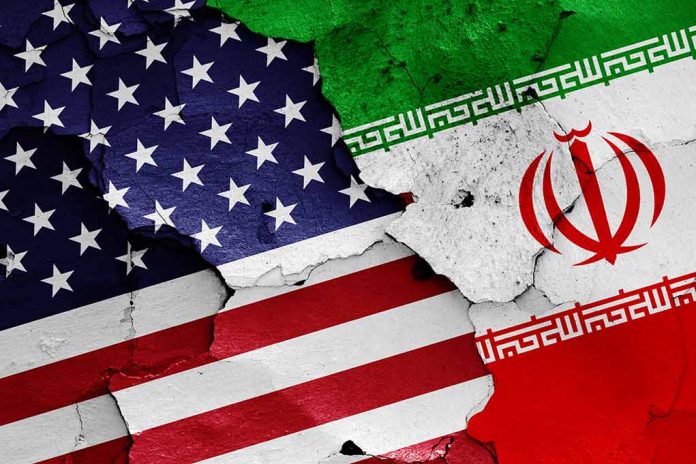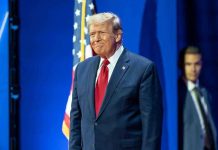
The historic election of Donald Trump unleashed ripples that have severely tested Iran’s currency, tumbling against the US dollar due to worried expectations of tighter sanctions.
At a Glance
- Following Trump’s election, the Iranian rial plunged to an unprecedented low.
- The devaluation highlights fears of reinstated sanctions against Iran.
- Economic struggles continue under international sanctions impacting Iran’s financial stability.
- Trump’s previous presidency enforced a “maximum pressure” strategy, impacting Iran significantly.
Rial vs. U.S. Dollar: An Economic Freefall
After Donald Trump’s victory, Iran’s national currency, the rial, collapsed, hitting a historical low of 703,000 to 1 USD before settling slightly at 696,150 to 1 USD. This dire economic plunge immediately followed the election results, amidst expectations that Trump’s campaign rhetoric foreshadowing new sanctions would materialize. The resulting instability raised alarms across Iran, casting a shadow over its financial and economic systems.
The rial’s decline reflects deep-seated fears that potential harsher U.S. sanctions could further destabilize Iran’s economy. With Iran already facing weighty international sanctions over its nuclear program, further actions could exacerbate economic struggles. Oil exports, a major element of Iran’s revenue, experienced significant reductions, plunging from 2.3 million barrels per day in early 2018 to 260,000 barrels per day by October 2019.
Stocks, bond yields and bitcoin surged as the U.S. election brought Republican gains and Donald Trump closed in on 270 electoral votes.
Iran's currency, the rial, fell to an all-time low, as its economy struggles under international sanctions. https://t.co/6vkp0ib46Q
— The Associated Press (@AP) November 6, 2024
The “Maximum Pressure” Approach: Past and Present
During Trump’s previous tenure, his administration withdrew from the nuclear deal in 2018, reinstating economic sanctions intended to pressure Iran into renegotiating. These severe measures not only contributed to a deep recession in Iran but also stoked widespread protests in November 2019. President Trump’s “maximum pressure” strategy was aimed at crippling Iran’s oil revenue, aggressively driving its exports to near zero, consequently denying the regime its principal source of revenue.
Trump’s “maximum pressure” campaign effectively forced Iran’s hand economically, resulting in significant currency depreciation and widespread inflation. Unemployment rates hit new highs, and vital sectors of the economy struggled under the compounded weight of reduced revenues and international trading partners’ avoidance due to fear of US repercussions.
Iran’s Economic Resilience and Future
Despite sanctions, some degree of resilience exists within Iran’s economy. The need for reform and sustainable growth propels discussions around the country’s political ambitions and economic objectives. While Iran has adopted a “resistance economy” concept intended to reduce dependence on oil, its full impact remains uncertain. The approach seeks to withstand external pressures and mandate a pivot towards more self-sustaining economic practices.
“A powerful recommitment to the great alliance between Israel and America.” – Benjamin Netanyahu
The future of Iran’s economy in light of recent political shifts remains unclear. Emphasis is placed on Iran’s capabilities to integrate and develop solutions against the backdrop of a challenging international landscape and internal economic reform pressures. For Iran, the stakes remain high as it navigates uncharted economic waters amidst persistent political and economic headwinds.
Sources
1. Six charts that show how hard US sanctions have hit Iran
2. Iran’s currency was already tumbling − and then news of Trump’s victory broke









